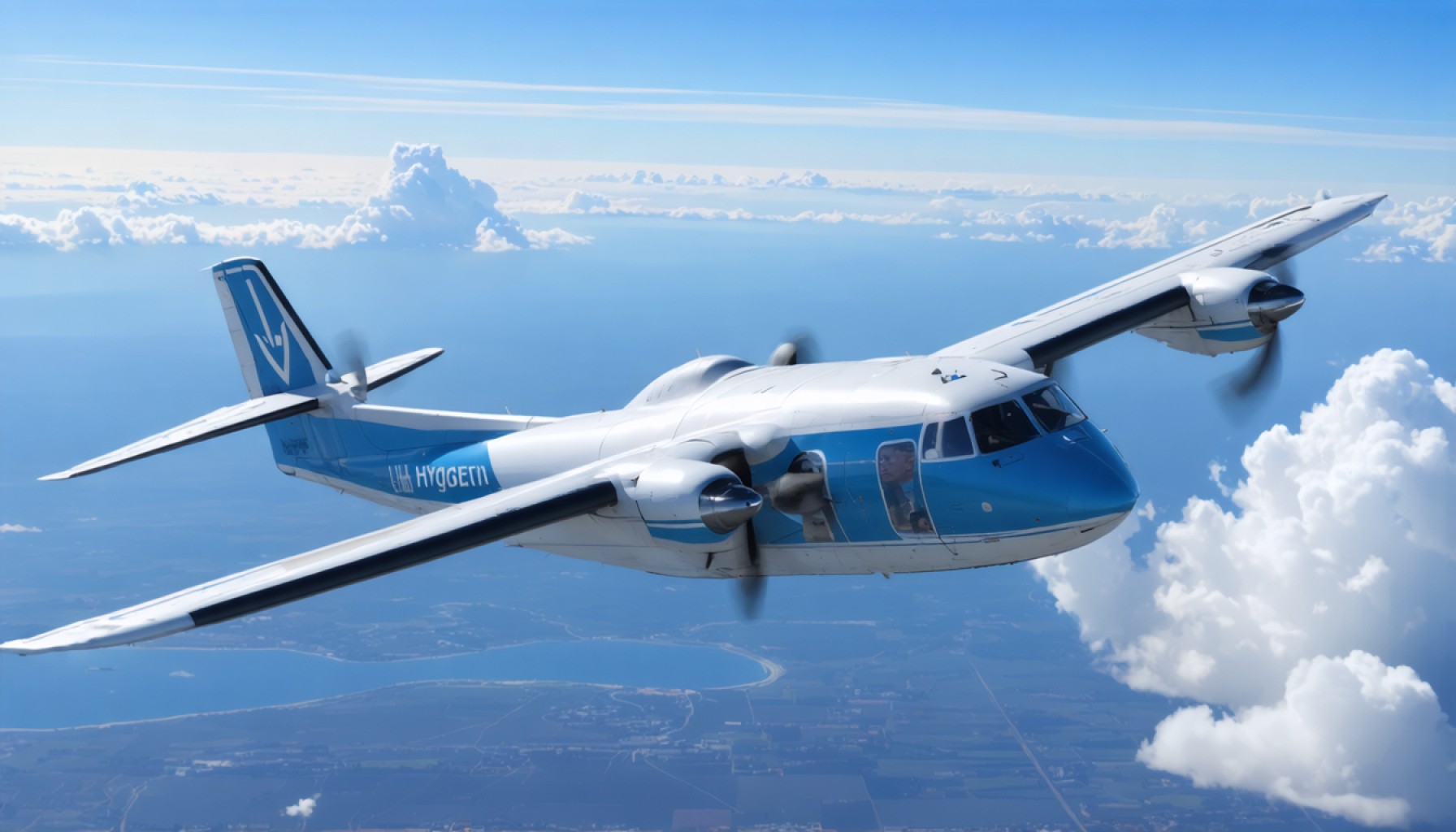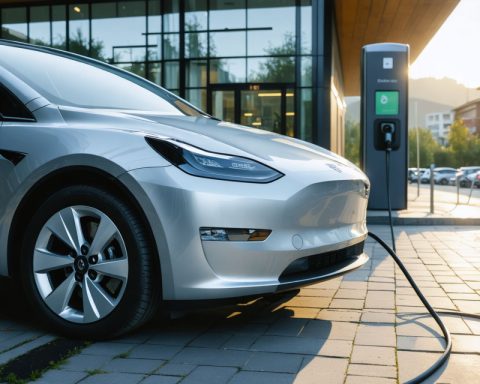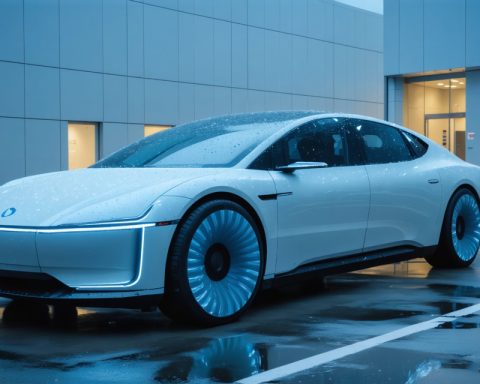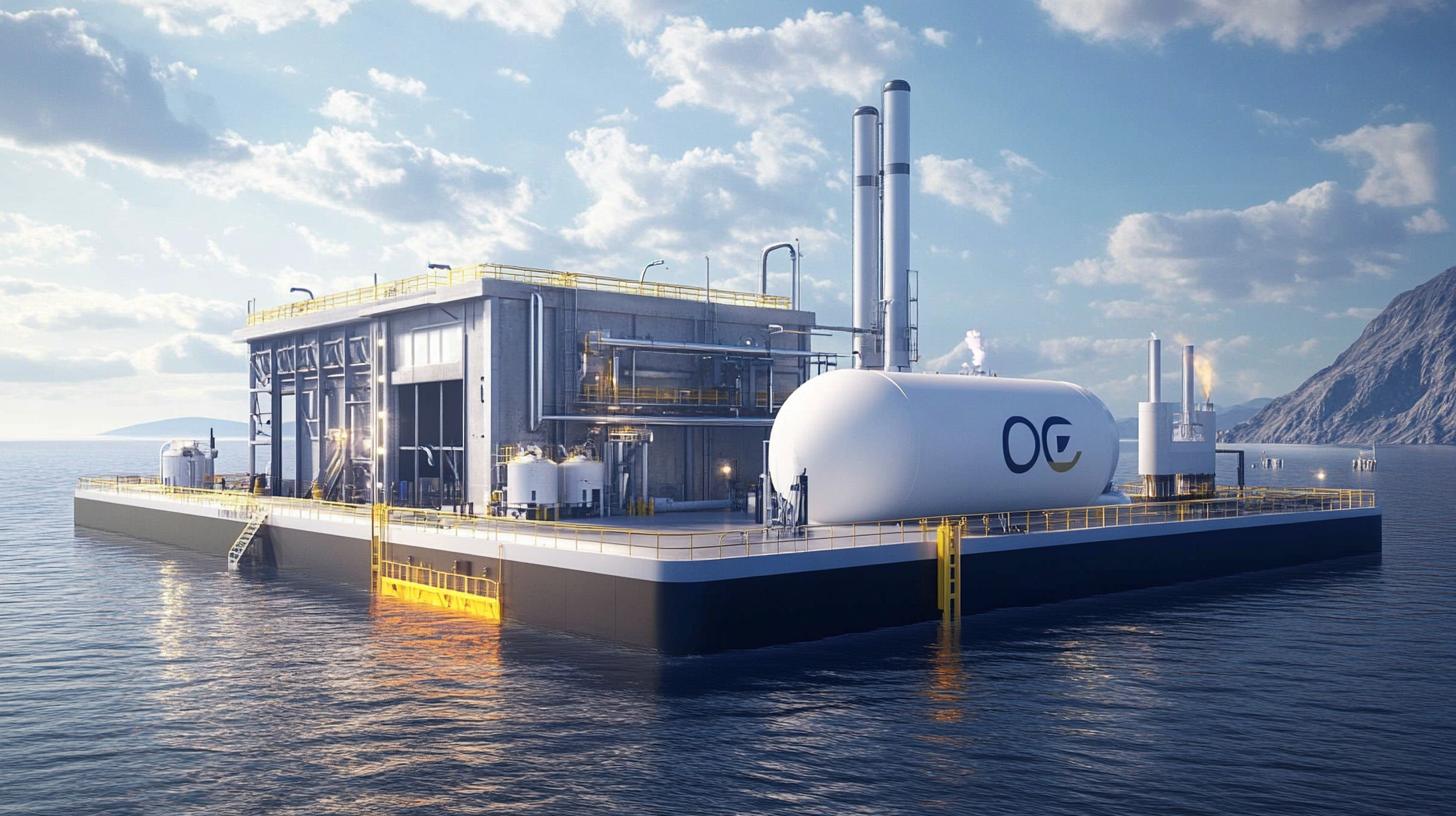- Hydrogen aviation promises cleaner skies by utilizing hydrogen fuel, which emits only water and heat as byproducts.
- Europe leads in sustainable travel initiatives, with Airbus’s ZEROe project aiming for the first commercial hydrogen aircraft by 2035.
- Hydrogen offers energy efficiency and quiet operation, potentially reducing airlines’ fuel costs and environmental impact.
- Challenges include developing infrastructure for hydrogen production and storage, and engineering safe containment for liquid hydrogen.
- Successful small-scale test flights have been conducted, showcasing hydrogen aviation’s feasibility and marking a step towards greener air travel.
- The shift to hydrogen aviation not only addresses environmental concerns but also presents economic opportunities and job creation.
- Hydrogen aviation represents a significant technological advancement, promising a more sustainable and innovative future for air travel.
Picture this: aircraft soaring through crystal-clear skies, leaving behind only wisps of water vapor instead of pollution-spewing exhaust. This isn’t a scene from a sci-fi movie; it’s the promise of hydrogen aviation. This revolutionary shift heralds a cleaner, quieter, and bolder future for air travel.
Hydrogen, the universe’s most abundant element, packs a punch when it comes to energy. When used as a fuel, it generates power without polluting the environment, emitting only water and heat as byproducts. The potential to transform aviation lies not just in its green credentials but also in its energy efficiency and quiet operation.
Europe, a leader in the charge toward sustainable travel, has launched several ambitious initiatives to pioneer hydrogen-powered flight. Airbus, one of the world’s leading aircraft manufacturers, strides ahead with its ZEROe project. By 2035, the company aims to introduce the first commercial hydrogen aircraft, promising zero emissions and cutting-edge design.
Yet, the flight path toward hydrogen aviation isn’t without turbulence. Challenges include the need for new infrastructure, such as hydrogen production facilities and airport refueling stations. Moreover, designing storage systems that can safely contain liquid hydrogen—a substance that must be kept at minus 253 degrees Celsius—poses a formidable engineering hurdle.
Despite these obstacles, small-scale test flights have already taken off, showcasing the feasibility of hydrogen-powered aviation. Earlier this year, an innovative hydrogen-electric hybrid aircraft completed its maiden voyage over the English countryside. The flight marked a significant milestone, capturing the world’s imagination and sparking hope for a greener travel future.
Adopting hydrogen aviation isn’t just an environmental imperative; it’s economic as well. Airlines constantly grapple with the volatile cost of fuel, a concern that hydrogen could potentially alleviate. Additionally, the push towards hydrogen technologies could spur job creation in new sectors, driving economic growth.
Ultimately, the promise of hydrogen aviation shines like a beacon in an era of climate change and dwindling resources. This pioneering technology reassures travelers that more sustainable skies are not a distant dream but an imminent reality. As the world collectively turns its gaze upward, hydrogen-powered planes offer a hopeful glimpse into the transformative power of human ingenuity and environmental stewardship.
In skin-suitably crisp skies and coastlines mirroring pristine reflections, the sounds of quiet, clean flight beckon—a future just over the horizon, waiting to unfurl its wings.
The Future of Flight: How Hydrogen is Transforming Aviation
Introduction: Hydrogen – The Game Changer in Aviation
The vision of airplanes soaring across skies, emitting nothing more harmful than water vapor, is no longer a scene confined to futuristic narratives. The advent of hydrogen aviation promises a cleaner and quieter future for air travel, leveraging the elemental power of hydrogen—the universe’s most abundant resource—to fuel our flight.
Key Advantages of Hydrogen Aviation
1. Environmental Benefits: Hydrogen fuel cells produce electricity by combining hydrogen and oxygen: the only byproducts are water and heat. This process effectively eliminates carbon emissions, helping mitigate aviation’s impact on climate change.
2. Energy Efficiency: Hydrogen has a high energy density, meaning it can store more energy per unit of weight than traditional fuels. This makes it a potent fuel source for long-distance flights.
3. Noise Reduction: Hydrogen-powered engines are quieter than traditional jet engines, which could significantly reduce noise pollution around airports and improve community relations.
Ongoing Projects and Industry Trends
Airbus and the ZEROe Initiative
Airbus is at the forefront of hydrogen aviation with its ZEROe project, aiming to unveil the first hydrogen-powered commercial aircraft by 2035. This ambitious plan includes developing three different aircraft concepts, each designed to explore various pathways toward zero-emission flight.
Global Hydrogen Efforts
Countries and companies around the world are ramping up efforts to incorporate hydrogen into their aviation sectors. For instance, the European Union has set a target of becoming the first carbon-neutral continent by 2050, heavily investing in hydrogen infrastructure to decarbonize transportation.
Market Forecasts
According to International Energy Agency forecasts, hydrogen could meet around 10% of global energy needs by 2050, with aviation emerging as a significant user. This represents a potential multi-billion-dollar market for hydrogen technology providers and supply chain participants.
Challenges and Limitations
While the prospects for hydrogen aviation are promising, several technological and economic hurdles remain:
1. Infrastructure Development: Massive investment is required to establish a global network of hydrogen production facilities and airport refueling stations.
2. Storage and Distribution: Safely storing liquid hydrogen, which must be kept at extremely low temperatures, presents complex engineering challenges.
3. Cost: Currently, hydrogen production and storage are expensive, although costs are expected to decrease with technological advancements and economies of scale.
Insights & Predictions
Industry experts predict that hybrid systems—combining traditional fuel and hydrogen technology—could see earlier adoption as a transitional phase. This might bridge the gap until pure hydrogen-powered flights become feasible and economically viable.
How-To Steps & Life Hacks for Cleaner Travel
1. Support Sustainable Airlines: Opt for airlines investing in sustainable technologies like hydrogen and carbon-offset programs.
2. Stay Informed: Follow developments in hydrogen aviation to understand new options for eco-friendly travel.
3. Advocate for Change: Use your voice to support policies and initiatives that promote hydrogen technology in aviation.
Conclusion and Quick Tips
The transition to hydrogen aviation offers both a sustainable solution to climate change and an economic opportunity for innovation and growth. To support this transformation:
– Stay updated on industry developments.
– Choose airlines committed to sustainability.
– Consider the environmental impact of your travel choices.
As the world continues to look skyward, hydrogen presents a promising pathway toward a cleaner, quieter aviation future. For additional information on sustainable energy advancements, visit the [International Energy Agency](https://www.iea.org).


















